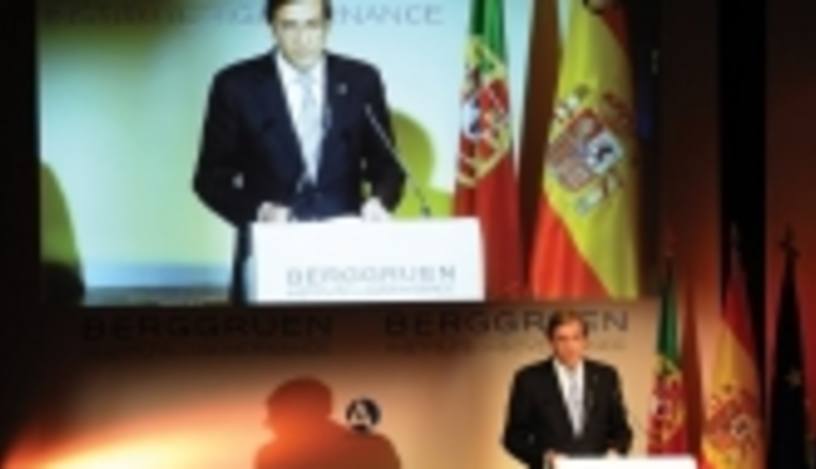In Lisbon, a large digital clock installed by Paulo Portas, Portugal’s deputy prime minister, in the headquarters of his conservative Popular Party is counting down the minutes to midnight on May 16, 2014, the hour when the country’s punishing international bail-out officially ends.
The Portugal that emerges from three years of painful austerity measures as part of a €78bn rescue programme agreed with the 'troika' of the European Commission, International Monetary Fund and European Central Bank will still face years of tough fiscal consolidation and far-reaching reform. But with economic growth beginning to pick up at one of the fastest rates in the eurozone, pulling Portugal out of its deepest recession for more than 40 years, there are signs that the bail-out has accelerated a long-sought-after transformation to a more productive economy in which exports rather than domestic demand drive growth.












